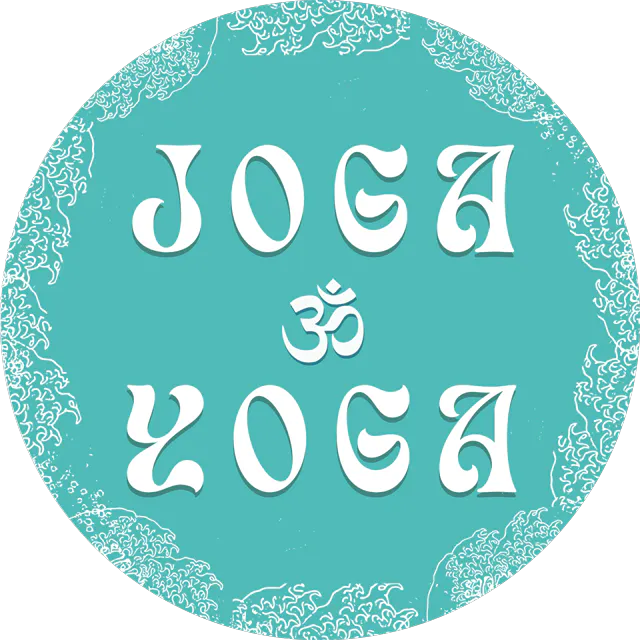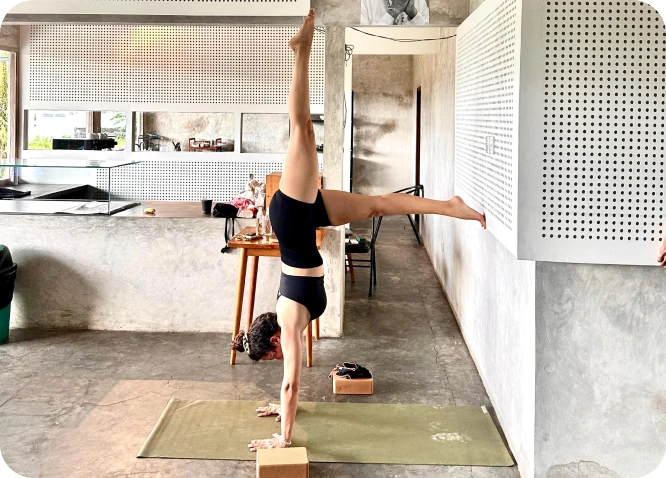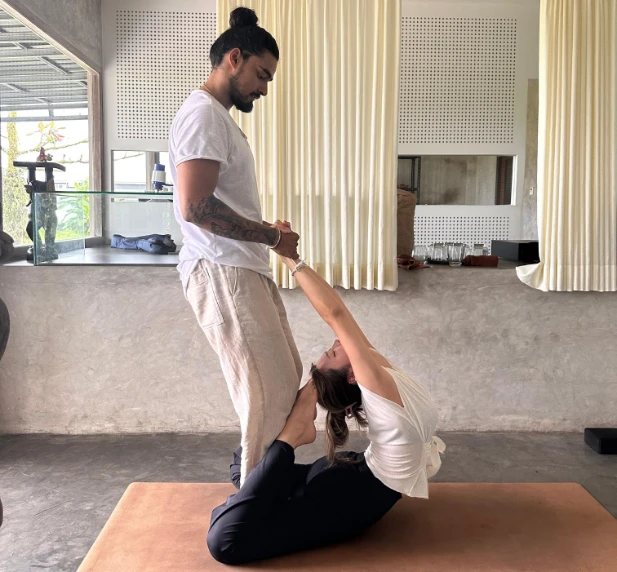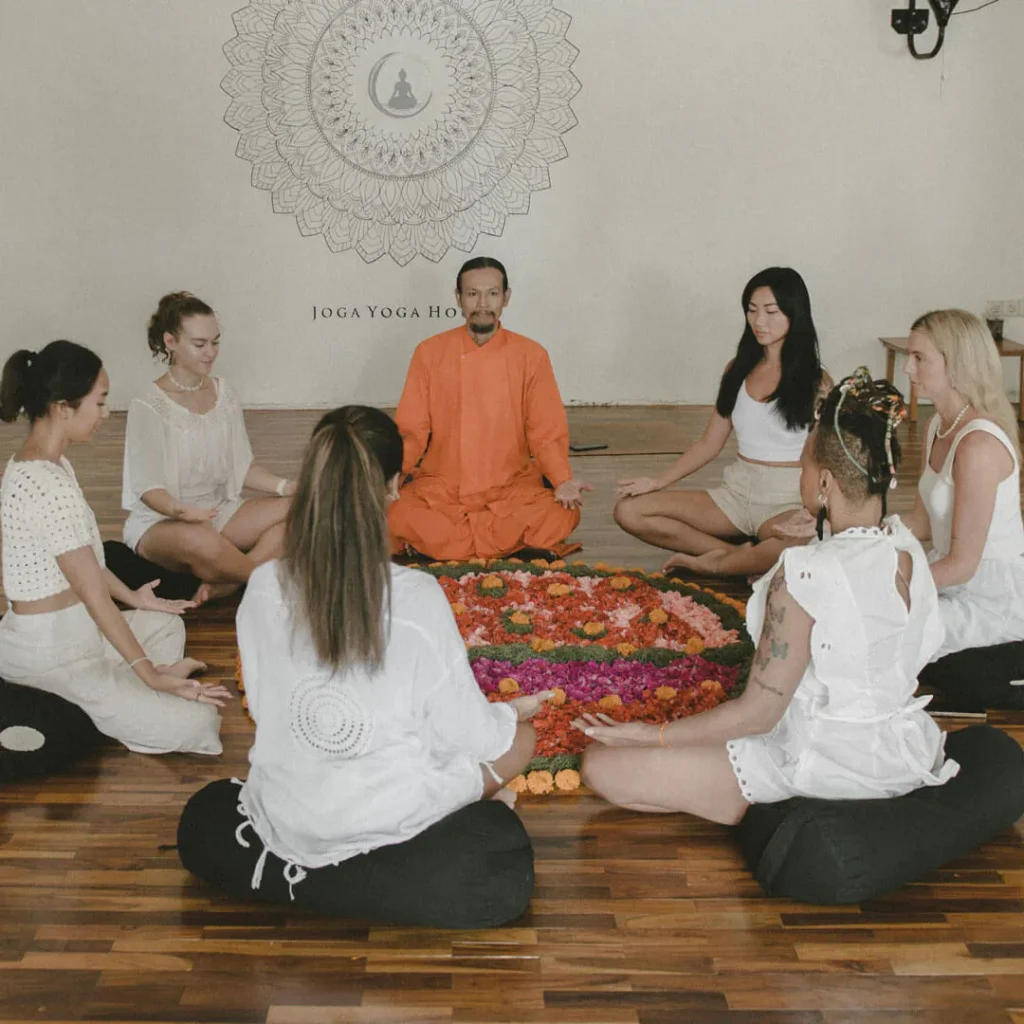Introduction to Blended Yoga
Are you looking for a workout that combines the mental clarity of traditional yoga with the physical intensity of modern fitness? Blended Yoga might be exactly what you need. As fitness trends evolve, so too does yoga, leading to the emergence of a practice that merges ancient wisdom with contemporary exercise techniques. This fusion of Asana Yoga, Pilates, and CrossFit offers a dynamic and versatile approach to wellness, gaining popularity in destinations like Bali. In this article, you’ll discover what Blended Yoga is all about, why it’s becoming a global trend, and how it can elevate your physical and mental well-being.
However, if you’re more inclined to deepen your understanding of traditional yoga, Joga Yoga in Bali provides an exceptional Yoga Teacher Training program. While Blended Yoga explores the fusion of ancient and modern practices, Joga Yoga focuses on preserving the purity and depth of traditional yoga, making it the ideal choice for those who wish to fully immerse themselves in time-honored yoga practices.
In this post, we’ll explore how Blended Yoga combines the best of traditional and modern practices to offer a comprehensive fitness experience. Whether you’re a seasoned yogi or a fitness enthusiast, you’ll find that Blended Yoga offers something for everyone.
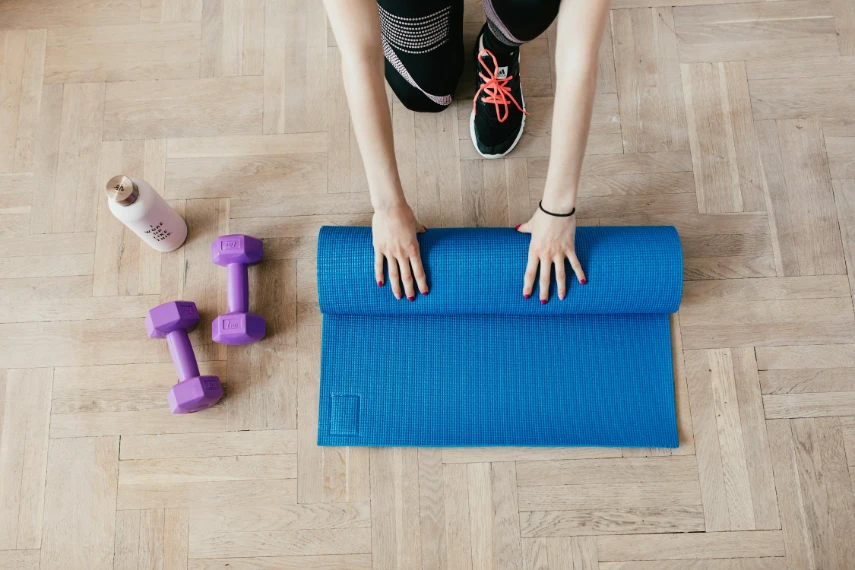
The Evolution of Yoga: From Tradition to Fusion
Yoga’s roots stretch back thousands of years, originating as ancient India’s spiritual and philosophical discipline. Traditional yoga was initially developed as a path to spiritual enlightenment, with physical postures (asanas) being a part of a broader system that included breathing exercises (Pranayama), meditation, and ethical guidelines. The term “yoga” itself means “union,” symbolizing the connection between mind, body, and spirit. Essential yoga terms like “Asana,” “Pranayama,” and “Chakras” have become well-known even outside of yoga practice, representing the depth and diversity of this ancient tradition.
Over centuries, yoga evolved as it spread across the world. By the 20th century, it began to gain popularity in the West, where it was primarily embraced for its physical benefits. As a result, the practice became more focused on the physical postures and less on the spiritual aspects. This shift laid the groundwork for developing various modern yoga styles that cater to different needs and preferences.
Modern Adaptations
In recent years, the fitness industry has seen a significant transformation, with traditional yoga practices being integrated into modern fitness routines. This blending of disciplines is often called “hybrid fitness” or “yoga fusion.” For example, Pranayama, once primarily a spiritual practice, is now commonly incorporated into fitness classes to enhance breathing efficiency during intense workouts. Similarly, elements of Ayurveda, the traditional Indian system of medicine, are being used to guide nutrition and wellness practices in these modern adaptations.
Blended Yoga, or yoga fusion, reflects this evolution. It integrates traditional yoga’s mindful, meditative aspects with the dynamic, strength-building exercises found in contemporary fitness regimes like CrossFit and Pilates. These modern adaptations not only preserve the essence of yoga but also make it more accessible and relevant to today’s fitness enthusiasts
Popular Types of Blended Yoga
Yoga HIIT Fusion
Yoga HIIT Fusion is one of the most intense forms of blended yoga. It combines the flexibility and mindfulness of traditional Asana Yoga with fast-paced, high-intensity interval training (HIIT). This fusion focuses on short bursts of intense exercise followed by brief periods of rest or low-intensity movements, with yoga asanas providing the foundation. This combination enhances cardiovascular endurance and builds muscular strength and flexibility. By incorporating HIIT into a yoga routine, practitioners can achieve a well-rounded workout that challenges the body and mind.
Pilates-Yoga Blend
The Pilates-Yoga blend is another popular hybrid that merges the core-strengthening exercises of Pilates with the flexibility and balance of yoga. This blend effectively improves posture, core stability, and overall muscle tone. The emphasis on controlled movements and breathwork in both disciplines creates a synergy that enhances both practices. This fusion offers a balanced and effective workout for those looking to improve their core strength and flexibility.

Dance-Yoga Fusion
Dance-Yoga Fusion brings creativity and rhythm into the practice of yoga. This blend typically integrates dance movements with traditional yoga poses, creating a flowing, dynamic workout that builds strength and flexibility and allows for creative expression. Dance-Yoga Fusion is particularly popular in Yoga Teacher Training programs, where instructors learn how to incorporate dance elements into their sequences. This type of blended yoga can be especially appealing to those who enjoy both the discipline of yoga and the expressive freedom of dance.
Benefits of Blended Yoga
Physical Benefits
Blended Yoga offers a comprehensive approach to fitness by enhancing strength, flexibility, and endurance. Integrating different fitness elements, such as HIIT or Pilates, with traditional yoga asanas helps target various muscle groups more effectively. For instance, the Yoga HIIT Fusion boosts cardiovascular health and improves muscle tone and strength, making it an excellent option for those aiming to enhance their overall physical fitness.
One significant advantage of Blended Yoga is its ability to help practitioners master some of the most difficult yoga poses. The combination of strength training and yoga postures ensures practitioners build the necessary strength and flexibility to progress in their practice. Over time, this leads to improved balance, coordination, and body awareness.
Mental and Emotional Benefits
Beyond the physical advantages, Blended Yoga is also known for its profound impact on mental and emotional well-being. Practices like Pranayama, often integrated into blended yoga sessions, reduce stress and enhance mental clarity. The controlled breathing techniques in Pranayama help to calm the mind, making it easier to focus and remain present during the workout.
Additionally, combining different movement patterns and mindfulness practices in Blended Yoga fosters emotional stability and resilience. This holistic approach to fitness addresses physical health and promotes a balanced and positive mental state. Thanks to the meditative aspects of the practice, practitioners often report feeling more relaxed, emotionally balanced, and equipped to handle stress after their sessions.
Who Should Try Blended Yoga?
Target Audience
Blended Yoga is suitable for many individuals, from beginners to advanced practitioners. This fusion practice is particularly beneficial for those familiar with traditional yoga and looking to diversify their fitness routine. For example, individuals who maintain a Yoga Diet often seek balanced and holistic approaches to their well-being, making Blended Yoga an ideal addition to their lifestyle. The blend of yoga with other fitness modalities provides a comprehensive workout that complements their practices.
Those involved in Yoga Teacher Training can also benefit significantly from Blended Yoga. Incorporating elements like Pilates or HIIT into their training can provide a deeper understanding of engaging different muscle groups and improving overall fitness. This knowledge can then be passed on to their students, enhancing the quality of their teaching and broadening the range of classes they can offer.
Customization for Different Fitness Levels
One of the key strengths of Blended Yoga is its adaptability to various fitness levels. Whether you’re a beginner or an experienced yogi, Blended Yoga can be customized to meet your needs. Beginners may start with a slower-paced blend focusing on foundational asanas and simple strength exercises, gradually building their strength and flexibility. On the other hand, advanced practitioners might engage in more intense sessions that incorporate challenging elements like HIIT or complex Pilates movements, pushing their physical and mental limits.
Moreover, Blended Yoga allows for individual customization, meaning that each session can be tailored to suit your personal fitness goals and preferences. Whether you’re looking to improve flexibility, build muscle, or enjoy a more varied workout routine, Blended Yoga offers something for everyone.
How to Get Started with Blended Yoga
Finding the Right Class
When starting with Blended Yoga, the first step is finding a class that aligns with your fitness goals and interests. Blended Yoga classes can vary widely, from sessions incorporating high-intensity interval training (HIIT) to those that mix yoga with Pilates or dance. To choose the best class, consider what you aim to achieve. Are you looking to build strength, improve flexibility, or enhance your mental well-being? Understanding your goals will help you select the right type of blended yoga.
Necessary Equipment
The equipment you need might vary depending on the type of Blended Yoga you choose. For instance, if you’re participating in a Yoga HIIT Fusion class, you might require items like resistance bands, light weights, or a yoga mat with extra grip for stability during intense movements. For a Pilates-Yoga blend, a Pilates ring or yoga blocks might be helpful to deepen your stretches and support your posture.
Traditional Yoga Terms like “props” refer to items that assist in performing yoga postures safely and effectively. These can include blocks, straps, and bolsters, which can be particularly useful in a blended yoga class where the intensity and types of movements vary. Ensuring you have the right equipment enhances your practice and helps prevent injuries.
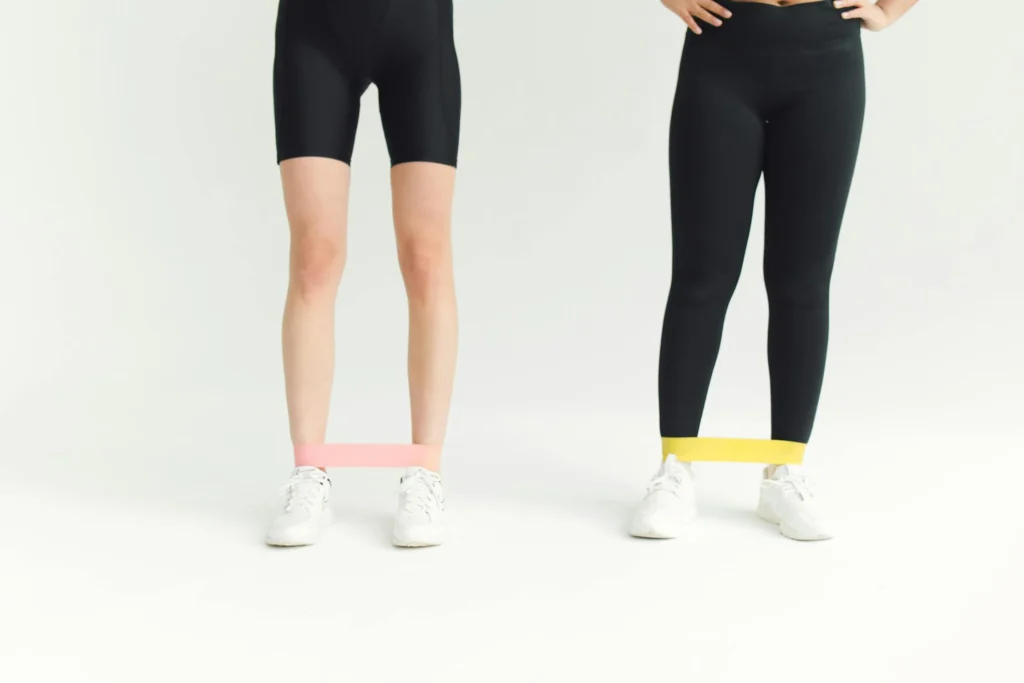
Blended Yoga and Its Impact on the Fitness Industry
Growth of Blended Yoga Studios
The rise of Blended Yoga has significantly impacted the fitness industry, leading to the emergence of numerous studios dedicated to this practice. Blended Yoga studios are becoming increasingly popular in wellness-focused destinations like Bali, where holistic health practices are highly valued.
The growth of these studios reflects a broader trend in the fitness industry: the move towards more integrative and versatile workout routines. By offering classes catering to various fitness goals—building strength, improving flexibility, or reducing stress—Blended Yoga studios are meeting the diverse needs of today’s fitness enthusiasts.
Blended Yoga in Home Workouts
Another significant trend is the increasing availability of Blended Yoga in-home workout formats. With the rise of online fitness platforms and apps, practitioners can now access Blended Yoga classes from the comfort of their homes. These online classes often incorporate Pranayama and mindfulness practices, ensuring that even remote sessions provide a complete wellness experience.
The convenience of online Blended Yoga classes has made it easier for people to incorporate these practices into their daily routines, regardless of location. This shift towards home workouts has been particularly beneficial when access to physical studios is limited, allowing Blended Yoga to grow even in challenging circumstances. Moreover, the availability of diverse classes online means that individuals can find a routine that perfectly matches their fitness level and goals, further enhancing the appeal of Blended Yoga.
Conclusion: The Future of Blended Yoga
As we look to the future, it’s clear that Blended Yoga will continue to evolve, incorporating more elements from holistic practices like Ayurveda and the Yoga Diet. Integrating traditional yoga with modern fitness trends offers a dynamic and adaptable approach to wellness that resonates with a broad audience. Whether you’re seeking to build physical strength, enhance flexibility, or achieve mental clarity, Blended Yoga provides a pathway to a balanced and fulfilling fitness journey.
For those passionate about deepening their practice and sharing it with others, joining a Yoga Teacher Training program is the next step. Joga Yoga in Bali offers a unique opportunity to immerse yourself in this fusion of tradition and innovation. Their training program covers the foundational aspects of yoga and explores the integration of modern fitness trends, preparing you to lead classes that meet the diverse needs of today’s practitioners.
Ready to take your practice to the next level? Join the Yoga Teacher Training program at Joga Yoga in Bali and become part of a growing community that embraces the future of yoga. Whether you’re interested in mastering Blended Yoga or expanding your teaching repertoire, this program offers the perfect blend of traditional wisdom and contemporary techniques. Discover your potential and inspire others on their wellness journey.
